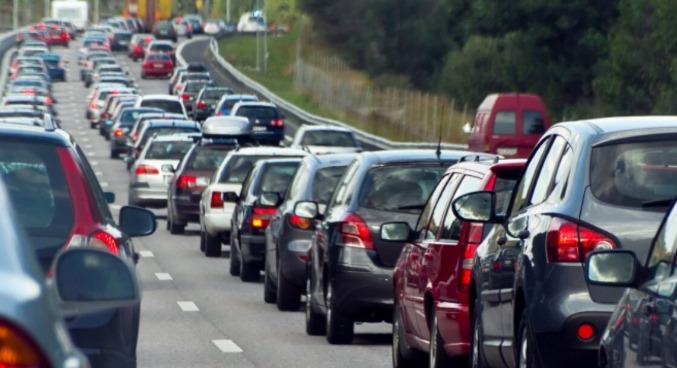Causes and Effects of Traffic Jams
Traffic jams are a common problem in many cities around the world, especially in densely populated urban areas. They occur when the number of vehicles on the road exceeds the road’s capacity, causing slow movement or complete standstill of traffic. Understanding the causes and effects of traffic jams is important to find effective solutions and improve daily commuting.
One major cause of traffic jams is the rapid increase in the number of vehicles. As more people buy cars, roads become overcrowded, especially during peak hours. Poor road infrastructure, such as narrow lanes, inadequate traffic signals, and lack of proper traffic management, also contributes to congestion. Additionally, accidents, road construction, and breakdowns can block lanes and slow down traffic flow. Sometimes, traffic jams happen because of bad driving habits like sudden lane changes, improper parking, and ignoring traffic rules.
The effects of traffic jams are wide-ranging and affect individuals, the economy, and the environment. For commuters, traffic jams cause frustration, stress, and wasted time that could be used more productively. This leads to lower work efficiency and a decrease in overall quality of life. Economically, traffic congestion results in fuel wastage and increases transportation costs. It also delays the movement of goods and services, which can affect businesses and the economy at large.
From an environmental perspective, traffic jams increase air pollution. Vehicles stuck in traffic produce more emissions, contributing to poor air quality and health problems like respiratory diseases. Noise pollution is another issue caused by honking and idling engines.
In conclusion, traffic jams have multiple causes, including vehicle overpopulation, poor infrastructure, and human behavior. Their effects impact personal well-being, the economy, and the environment. To reduce traffic congestion, cities need better urban planning, improved public transport, and stricter enforcement of traffic laws. Promoting carpooling, cycling, and walking can also help create smoother and healthier traffic conditions.




